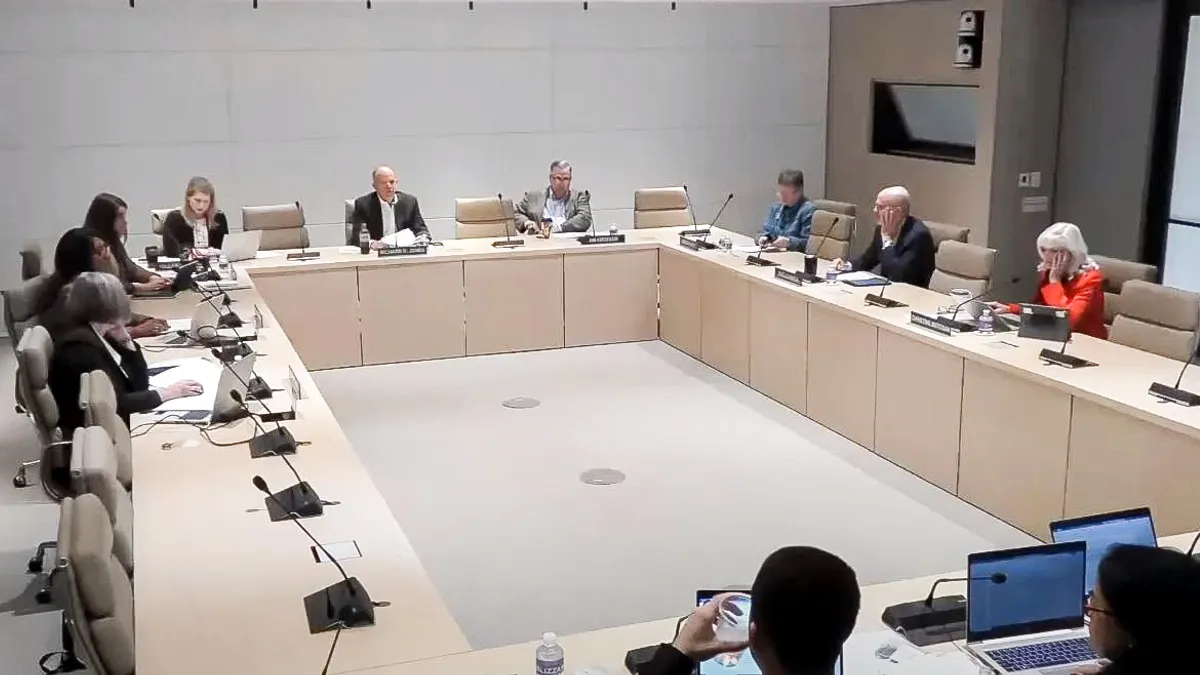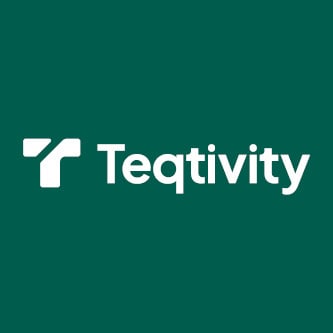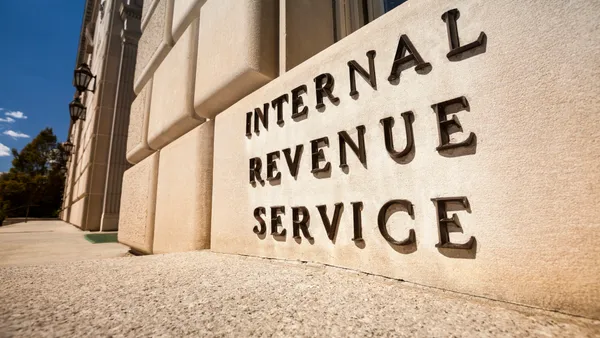Dive Brief:
- The Financial Accounting Standards Board on Wednesday voted to move ahead with plans for more than 30 tweaks to the Accounting Standards Codification, the source of authoritative U.S. generally accepted accounting principles, based on feedback on dozens of issues it had previously proposed to update. The board also authorized staff to draft a final update of the rules that will be voted on at a later meeting.
- The changes seek to clarify how companies account for a range of issues including earnings per share when there is a loss from continuing operations; excess treasury stock retirement and certain lease receivables that the board said should be excluded from enhanced disclosure requirements, according to the tentative decisions outlined by FASB.
- The amendments to the codification will be effective for public companies and other entities’ annual reporting periods beginning after Dec. 15, 2026, including interim reporting periods within those annual reporting periods, according to FASB spokesperson Christine Klimek.
Dive Insight:
The codification, or “cod” as it is sometimes called, is effectively the bible for financial report preparers guided by GAAP. The online document was launched in 2009, replacing a paper-based system by which FASB issued printed copies of each accounting standard which were numbered in chronological order, CFO Dive previously reported. The FASB’s standing codification Improvements technical agenda project could be characterized as an annual “housekeeping” project, Klimek said in an email.
“The online Codification has a mechanism that allows stakeholders to identify any areas of the guidance they think may be unclear or misinterpreted,” Klimek said. “The FASB staff collects this feedback throughout the year. The staff then presents the Board with a package/list of minor changes that it thinks the Board should consider. Minor changes would include those that clarify or correct wording that might have unintended consequences that are not expected to have a significant effect on current accounting practice or which create a significant administrative cost to most entities.”
At the same time, the complexity of the process was underscored by Chair Rich Jones during the meeting. “We did 33 individual standard setting projects, we just happened to roll them all together,” Jones said.
At Wednesday’s meeting the board discussed feedback from accounting firms and other users of the guidance on this year’s package of proposed improvements, she said. After the final ASU with the changes is issued later this year the changes will be added to the codification, she said.
The board dropped some previously proposed changes related to not-for-profits.
It opted not to clarify accounting for certain receivable for NFP by amending a section to refer to Subtopic 326-20, Financial Instruments—Credit Losses—Measured at Amortized Cost although it did opt to clarify that “receivables arising from exchange transactions are within the scope” of the financial instruments guidance. And it did not go forward with a change to qualify guidance on equity and debt securities in guidance provided to not-for-profits.














